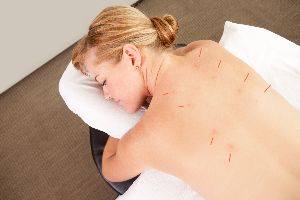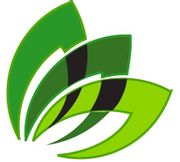How Do Acupuncture & Dry Needling Differ?

If you experience pain, inflammation, and discomfort throughout the body, you might wonder what you can do to get relief. Acupuncture and dry needling are treatments often used to manage and alleviate symptoms associated with a variety of conditions and diseases. In the following guide, you'll learn more about the differences and benefits of each process.
Acupuncture
Acupuncture is a procedure with roots in traditional Chinese medicine. It involves inserting very thin needles into strategic points, known as acupoints, located on the body's energy pathways or meridians. Practitioners believe that inserting needles into these meridians may adjust and balance a person's qi—the flow of energy or life force in the body—to promote health and wellness.
Since this can stimulate muscles, nerves, and connective tissue, it may enhance the body's natural ability to alleviate pain. Though it's often used to treat back and neck pain, it may also reduce inflammation and relieve stress. This is why people with inflammatory and autoimmune disorders, such as fibromyalgia, often seek acupuncture as part of their course of treatment. It may also provide relief from aches and pains caused by sports injuries.

During the appointment, you'll lie down on a padded table, and your acupuncturist will insert needles into the affected areas. Generally, a standard session involves the insertion of about five to 20 needles that will remain in place for about 20 to 40 minutes. The acupuncturist may gently move or twirl them. The experience is safe, painless, and has few side effects, and you can resume your usual activities immediately after an appointment.
Dry Needling
Dry needling is a procedure that involves the insertion of thin needles into the skin to treat muscular trigger points. Tight bands of fibers may cause pain and tenderness, limit range of motion, and inhibit the function of the muscles. Inserting thin needles into these points can loosen the knots, relieve tension, and increase blood flow to the area to minimize pain and discomfort. Dry needling may also improve range of motion and restore function to the muscles. It can treat a variety of musculoskeletal issues, including acute or chronic hip, back, and neck pain.
At an appointment, fine needles known as monofilament needles are inserted and left in trigger points for up to 20 minutes. The session may also include orthopedic tests and an evaluation of your posture and pain patterns. Dry needling is commonly used in conjunction with traditional medical treatments and physical therapy. Though the process uses similar tools to acupuncture, it has roots in Western medicine, and practitioners must undergo different training.
Experience pain relief with help from Avicenna Acupuncture & Lymphedema Clinic. They provide acupuncture to decrease pain and improve the overall health of clients throughout the Denver Metro Area. They also offer cupping therapy and electroacupuncture. Call (303) 803-0675 to book an appointment with an acupuncturist, and visit the website to learn more about their treatment for pain and inflammatory and autoimmune disorders.
About the Business
Have a question? Ask the experts!
Send your question

